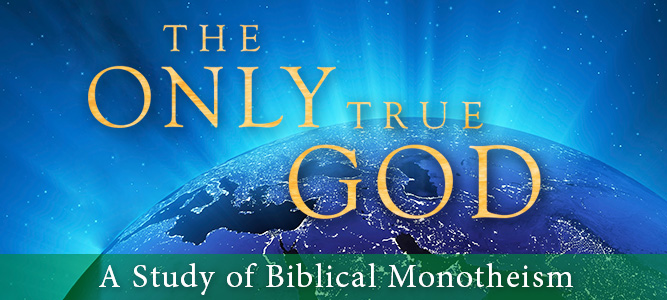You are here
Appendix 8 - On Phil.2.6,7: More evidence from the Hebrew Bible

Appendix 8
On Phil.2:6,7: More Evidence from the Hebrew Bible
Philippians 2:6-7 6 who, though he was in the form of God, did not count equality with God a thing to be grasped, 7 but made himself nothing, taking the form of a servant, being born in the likeness of men.
Much as trinitarianism would wish, for obvious reasons, to ignore or even to deny the identification of “the form of God” with “the image of God,” the evidence overwhelmingly endorses it. If we continue examining the use of the word “form” (morphē) to see how it is used in the OT, we find two instances of particular relevance in the Greek Old Testament (LXX) which we can compare with the Hebrew text:
(1) Job 4:16, “It stood still, but I could not discern its appearance; A form (morphē) was before my eyes; There was silence, then I heard a voice”. The Hebrew of the word “form” here is tmunah for which BDB gives the following definition, “likeness, representation, form, semblance,” and provides the following information: tmunah is used with the Hebrew word pesel (‘idol, image, as likeness of man or animal’), which is its equivalent in ‘Ex 20:4 = Dt 5:8, cf. 4:16; 4:23; 4:25’; all these verses have to do with the making of “carved images” or idols. This again shows the link between “form,” “image,” and “likeness”.
(2) Isaiah 44:13, “The carpenter measures with a line and makes an outline with a marker; he roughs it out with chisels and marks it with compasses. He shapes it in the form (morphē) of man, of man in all his glory, that it may dwell in a shrine.” (NIV) Here “form” translates the Hebrew word tabnit meaning ‘figure, image’ (BDB).
(c) 2021 Christian Disciples Church
